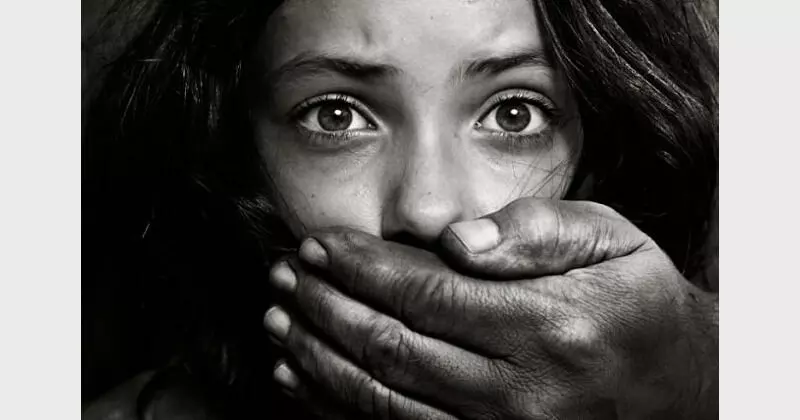Extended abuse

The Supreme Court of India, in a monumental judgment on Monday, broadened the scope of child protection laws by ruling that merely viewing child pornographic content is now a criminal offense. This verdict, based on a purposive interpretation of Section 15 of the Protection of Children from Sexual Offences (POCSO) Act and provisions of the Information Technology Act, fills a major void .
Chief Justice of India DY Chandrachud and Justice JB Pardiwala ruled that even without physical possession or storage, the act of viewing, distributing, or displaying child pornographic material constitutes an offense under the POCSO Act. The judgment reversed an erroneous decision by the Madras High Court, which had previously quashed a case involving a porn addict based on the fact that he had not circulated the material. The apex court has rightly pointed out the need for ensuring accountability for even passive consumption of such egregious content. Furthermore, the Supreme Court’s decision introduces the concept of ‘constructive possession,’ making it clear that individuals who have the power or ability to access child sexual abuse material (CSEAM) are liable, even if they claim not to store or share the content. This also ensures that perpetrators cannot evade criminal responsibility simply by viewing content or momentarily possessing links to such material, only to delete it later.
Noting the plight of child victims, Justice JB Pardiwala aptly pointed out: “the knowledge that their abuse is being watched by countless strangers, sometimes years after the actual event, exacerbates the psychological wounds on top of the trauma that was already induced by the act in the first place. This perpetuating violation deprives the victim of any remaining hope or chance to heal, recover from the abuse and find closure.” By acknowledging the cumulative nature of trauma, the Supreme Court has sent a strong message that the exploitation of children through cyberspace is an extension of the original abuse.
The verdict also brings under radar the social media intermediaries, holding them accountable for the unchecked proliferation of child pornography. Under Section 79 of the Information Technology Act, intermediaries such as Facebook, Instagram, and Twitter have often sought refuge under the ‘safe harbour’ provision, which protects them from liability for third-party content if they comply with due diligence. However, the Court made it unequivocally clear that mere compliance with a memorandum of understanding (MoU) between the National Crime Records Bureau (NCRB) and the National Centre for Missing and Exploited Children (NCMEC) is insufficient. Intermediaries are now required to report cases of child sexual exploitation not only to international bodies like the NCMEC but also to local law enforcement agencies, as mandated by the POCSO Act.
Perhaps one of the most far-reaching aspects of the judgment is the Supreme Court's recommendation to replace the term ‘child pornography’ with ‘Child Sexual Exploitative and Abuse Material’ (CSEAM). The Court recognised that the term ‘child pornography’ fails to encapsulate the true horror of the crime, often trivialising the abuse by drawing an incorrect parallel with adult consensual acts. In contrast, CSEAM reflects the reality of the severe exploitation children endure.
The Supreme Court’s decision represents a watershed moment in India’s legal battle against child sexual exploitation. By expanding the scope of the POCSO Act and holding intermediaries accountable, the Court has fortified the nation’s defences against the online abuse of children. Child sexual abuse contents are extended portions of heinous crimes. Society needs to understand the essence of the SC verdict and educate itself in a manner that there is no scope for proliferation of such content.



